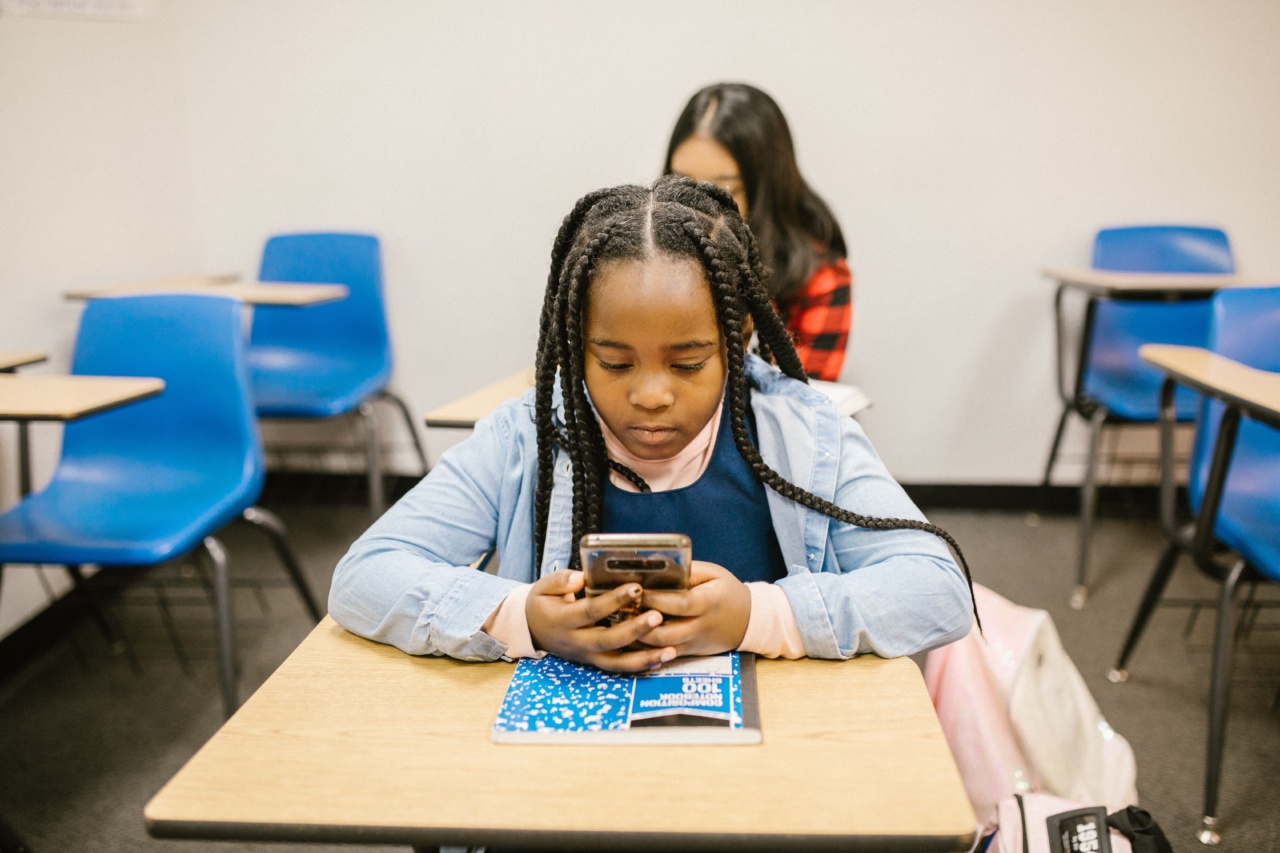Bullying is a pervasive issue that continues to plague schools, affecting the physical and emotional well-being of students.
This aggressive behavior can lead to detrimental consequences for both the victim and the perpetrator, resulting in lasting negative effects on the overall school environment. In recent years, the emergence of technology has given rise to a new form of bullying known as cyberbullying, which introduces a new set of challenges for educators, parents, and students to address.
This article explores the prevalence and impact of bullying and cyberbullying in schools and suggests strategies to combat these issues.
The Prevalence of Bullying in Schools
Bullying has been a longstanding problem in schools, with countless students experiencing some form of bullying throughout their academic journey.
According to research conducted by the National Center for Education Statistics, approximately 20% of students in the United States report being bullied at school. This statistic highlights the widespread nature of bullying and the urgent need for measures to prevent and address this behavior.
The Consequences of Bullying
Bullying can have severe consequences for the emotional well-being of victims. Those who experience bullying often suffer from low self-esteem, anxiety, depression, and even contemplate or attempt suicide.
Additionally, victims may experience difficulties academically, as their focus and concentration are compromised due to the stress and trauma associated with being bullied. These effects can impact a student’s long-term academic and personal success.
Identifying and Addressing Cyberbullying
With the advent of technology, cyberbullying has emerged as a growing concern in schools. Cyberbullying refers to the use of electronic communication to deliberately harm, intimidate, or harass others.
This form of bullying can occur through various digital platforms, including social media, instant messaging, and online forums.
Identifying cyberbullying can be challenging, as it often takes place outside the classroom and may go unnoticed by educators and parents.
Signs of cyberbullying include a sudden change in a student’s behavior, withdrawal from social activities, a decline in academic performance, or increased sensitivity towards their digital devices.
The Impact of Cyberbullying
Cyberbullying can have devastating effects on victims, as the online environment provides anonymity and an extended reach for aggressors.
Victims may struggle to escape the constant barrage of negative messages, threats, and derogatory comments, leading to feelings of isolation, anxiety, and depression. The accessibility and perpetuity of online content can make cyberbullying particularly difficult to escape, as the victim can be exposed to harassment around the clock, even outside of school hours.
Preventive Strategies for Schools
Recognizing the importance of fostering safe and inclusive learning environments, schools can implement preventive strategies to tackle bullying and cyberbullying effectively:.
1. Promote Awareness and Education
It is essential to educate students, parents, and staff about bullying and cyberbullying, emphasizing their negative consequences. Awareness campaigns can help create a school culture that promotes empathy, respect, and acceptance.
2. Establish Clear Policies and Consequences
Schools should develop comprehensive anti-bullying and anti-cyberbullying policies that clearly define acceptable behaviors and consequences for those who engage in bullying.
These policies should also outline procedures for reporting incidents and provide support for victims.
3. Foster Strong Relationships
Building positive relationships among students is fundamental in preventing bullying. Schools can facilitate activities that encourage teamwork, collaboration, empathy, and mutual respect.
4. Encourage Peer Intervention
Empowering students to intervene when they witness bullying or cyberbullying can significantly reduce the incidence of such behavior.
By teaching students how to be active bystanders, schools can create a supportive social climate where bullying is less likely to thrive.
5. Emphasize Digital Citizenship
Teaching responsible online behavior and promoting digital citizenship can equip students with the skills needed to navigate the digital world safely. By promoting ethical and respectful online interactions, schools can prevent cyberbullying incidents.
The Role of Parents and Guardians
Parents and guardians play a crucial role in addressing and preventing bullying and cyberbullying:.
1. Open Communication
Encourage open and frequent communication with children, creating a safe space for them to discuss their experiences and concerns. Be attentive to any signs of bullying or distress.
2. Monitor Digital Presence
Regularly monitor your child’s online activities, ensuring their safety and addressing any instances of cyberbullying appropriately. Set boundaries regarding screen time and establish rules for responsible online behavior.
3. Collaboration with Schools
Collaborate with school officials to address and prevent bullying. Attend meetings, engage in discussions, and familiarize yourself with school policies and resources available to both victims and aggressors.
Conclusion
Bullying and cyberbullying continue to pose significant challenges within school settings and can have lasting impacts on the lives of students.
Schools, parents, and communities must work collaboratively to combat these issues by implementing preventive strategies, fostering inclusive environments, and providing support for victims. By addressing bullying and cyberbullying head-on, we can cultivate safe and nurturing spaces where all students can thrive.






























